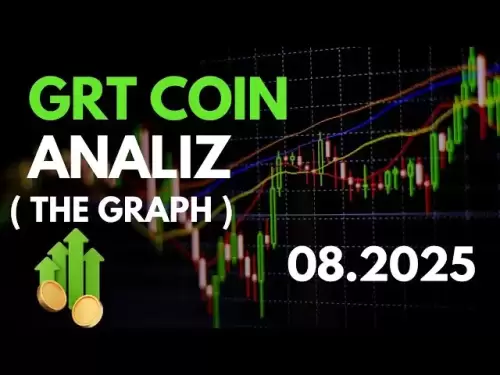-
 Bitcoin
Bitcoin $119300
2.40% -
 Ethereum
Ethereum $4254
-0.20% -
 XRP
XRP $3.184
-1.38% -
 Tether USDt
Tether USDt $1.000
0.00% -
 BNB
BNB $803.9
0.58% -
 Solana
Solana $183.1
1.50% -
 USDC
USDC $0.0000
0.01% -
 Dogecoin
Dogecoin $0.2339
-2.87% -
 TRON
TRON $0.3384
0.88% -
 Cardano
Cardano $0.8018
-0.29% -
 Hyperliquid
Hyperliquid $45.13
3.14% -
 Chainlink
Chainlink $22.10
0.96% -
 Stellar
Stellar $0.4439
-0.94% -
 Sui
Sui $3.875
-0.73% -
 Bitcoin Cash
Bitcoin Cash $570.7
0.24% -
 Hedera
Hedera $0.2589
-2.90% -
 Ethena USDe
Ethena USDe $1.001
-0.01% -
 Avalanche
Avalanche $23.83
-1.73% -
 Litecoin
Litecoin $123.8
2.61% -
 Toncoin
Toncoin $3.351
-1.13% -
 UNUS SED LEO
UNUS SED LEO $9.103
1.13% -
 Shiba Inu
Shiba Inu $0.00001356
-1.40% -
 Uniswap
Uniswap $10.93
-0.19% -
 Polkadot
Polkadot $4.057
-1.97% -
 Dai
Dai $1.000
0.01% -
 Cronos
Cronos $0.1646
4.66% -
 Ethena
Ethena $0.7974
8.11% -
 Pepe
Pepe $0.00001208
-2.89% -
 Bitget Token
Bitget Token $4.445
-1.70% -
 Monero
Monero $268.8
-2.00%
How do I link my bank account to Crypto.com?
To link your bank account to Crypto.com, ensure your account is verified, navigate to the "Funds" section, select "Bank Transfer," and enter your bank details accurately.
Mar 28, 2025 at 05:00 pm
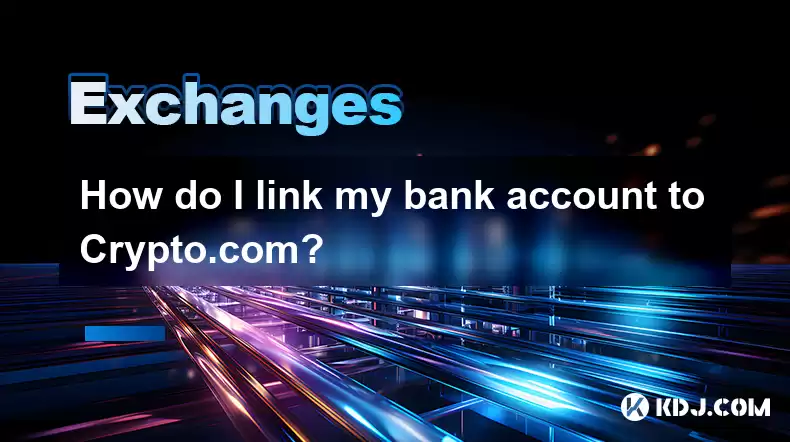
Linking Your Bank Account to Crypto.com: A Step-by-Step Guide
Linking your bank account to Crypto.com allows for seamless fiat currency deposits and withdrawals, crucial for buying and selling cryptocurrencies. The process varies slightly depending on your region and chosen payment method, but the general steps remain consistent. Remember to prioritize security and only use trusted banking channels.
First, ensure you have a verified Crypto.com account. This usually involves providing identification documents. Without verification, you won't be able to link a bank account. Check your account settings for verification status. If not verified, complete the process before proceeding.
Next, navigate to the "Funds" or "Deposit" section within your Crypto.com app or website. The exact location might vary slightly depending on the app version or website design. Look for options related to adding funds or linking a bank account.
Then, select your preferred deposit method. Crypto.com typically supports various options like bank transfers, debit/credit cards, and potentially third-party payment processors. Choose the "Bank Transfer" option for direct bank account linking.
Now, you'll be prompted to provide your bank account details. This usually includes your bank's name, account number, and routing number (or equivalent depending on your region). Double-check the accuracy of this information before submitting. Incorrect details will delay or prevent successful linking.
After entering your bank details, Crypto.com may initiate a small test deposit into your account. This is a security measure to verify account ownership. Check your bank statement for this small amount. You'll need to enter this amount back into the Crypto.com app to confirm the link.
Once the verification is complete, your bank account should be successfully linked to your Crypto.com account. You can now deposit fiat currency from your linked bank account to purchase cryptocurrencies on the platform. Remember to always review the transaction details before confirming any deposit or withdrawal.
Understanding Different Bank Account Linking Methods
Crypto.com might offer several methods for linking your bank account. The availability depends on your location and the platform's partnerships. Let's explore some common methods.
Direct Bank Transfer: This involves providing your bank account details directly to Crypto.com. This is generally the most secure method as it avoids third-party intermediaries. Always verify the legitimacy of the website or app before entering your banking details.
Third-Party Payment Processors: Some regions may utilize third-party payment processors like Plaid or similar services. These act as intermediaries, securely connecting your bank account to Crypto.com without directly sharing your banking credentials with the exchange. Ensure the third-party processor is reputable and secure.
Debit/Credit Card Payments: While not directly linking your bank account, using a debit or credit card linked to your bank account allows for immediate deposits. This method is convenient but may incur higher fees compared to direct bank transfers. Be aware of transaction fees and potential limits.
Security Best Practices When Linking Your Bank Account
Security should be your top priority when linking any financial account to a cryptocurrency exchange. Follow these best practices to minimize risks.
Use a Strong Password: Employ a complex password for your Crypto.com account, incorporating uppercase and lowercase letters, numbers, and symbols. Avoid reusing passwords across multiple platforms. Consider using a password manager to generate and store secure passwords.
Enable Two-Factor Authentication (2FA): 2FA adds an extra layer of security, requiring a second verification code beyond your password. This significantly reduces the risk of unauthorized access. Enable 2FA immediately after creating your Crypto.com account.
Regularly Review Your Account Activity: Monitor your Crypto.com account regularly for any suspicious activity. Immediately report any unauthorized transactions to Crypto.com's customer support. Check your transaction history frequently.
Beware of Phishing Scams: Be cautious of suspicious emails or messages requesting your login credentials or banking information. Crypto.com will never ask for such information via unsolicited communication. Never click on links from unknown sources.
Use a Secure Internet Connection: Avoid linking your bank account on public Wi-Fi networks, as these are more vulnerable to hacking. Use a secure and trusted connection. Only link your account on a secure network.
Frequently Asked Questions
Q: What happens if I enter my bank details incorrectly? A: Incorrect bank details will likely prevent the linking process from completing. You'll need to correct the information and try again. Contact Crypto.com support if you encounter persistent issues.
Q: How long does it take to link my bank account? A: The linking process usually takes a few minutes to a few hours, depending on your bank and chosen method. Verification via a test deposit may add some time.
Q: Are there any fees associated with linking my bank account? A: Crypto.com itself typically doesn't charge for linking a bank account. However, your bank may charge fees for international transfers or other transactions.
Q: What if I forget my Crypto.com login details? A: Crypto.com provides password recovery options. Follow the instructions on their website or app to reset your password. If you're still unable to access your account, contact their customer support.
Q: Is my bank account information secure on Crypto.com? A: Crypto.com employs security measures to protect user data, but no system is entirely foolproof. Following the security best practices mentioned above is crucial for minimizing risks.
Q: Can I link multiple bank accounts to my Crypto.com account? A: The ability to link multiple accounts may depend on your region and Crypto.com's policies. Check the platform's settings or contact support to confirm.
Q: What currencies can I deposit via bank transfer? A: The available currencies for bank transfers vary by region. Check the supported currencies listed on Crypto.com's website or app before attempting a deposit.
Q: Can I unlink my bank account from Crypto.com? A: Yes, you can usually unlink your bank account from your Crypto.com profile through your account settings. The process is usually straightforward, but check the platform's instructions for specific steps.
Disclaimer:info@kdj.com
The information provided is not trading advice. kdj.com does not assume any responsibility for any investments made based on the information provided in this article. Cryptocurrencies are highly volatile and it is highly recommended that you invest with caution after thorough research!
If you believe that the content used on this website infringes your copyright, please contact us immediately (info@kdj.com) and we will delete it promptly.
- MultiBank Group, Record Results, and the $MBG Token: A New Era?
- 2025-08-11 14:50:12
- Bitcoin FilmFest 2026: Warsaw's Unexpected Crypto-Cinema Blockbuster
- 2025-08-11 14:30:12
- MultiBank Group's Record Results and the Rise of the MBG Token: A New Era in Finance?
- 2025-08-11 14:30:12
- Solana Price, Altcoin Throne, and Layer Brett: Who Will Reign Supreme?
- 2025-08-11 14:55:17
- Cryptos to Watch in 2025: Analyst Picks & Meme Coin Mania
- 2025-08-11 15:00:13
- Dogecoin, Toncoin, and Cold Wallet: Navigating Crypto's Latest Waves
- 2025-08-11 12:30:11
Related knowledge
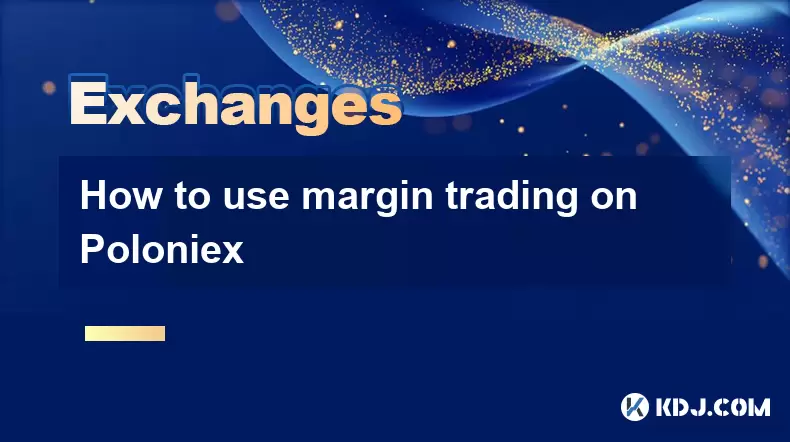
How to use margin trading on Poloniex
Aug 08,2025 at 09:50am
Understanding Margin Trading on Poloniex
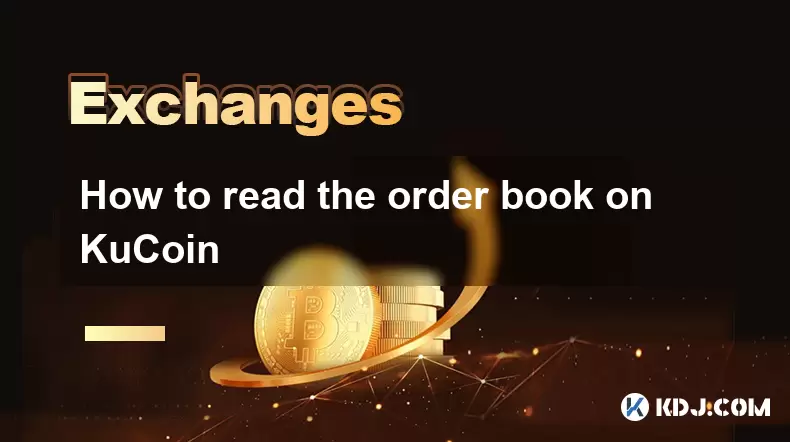
How to read the order book on KuCoin
Aug 10,2025 at 03:21pm
Understanding the Order Book Interface on KuCoinWhen accessing the order book on KuCoin, users are presented with a real-time display of buy and sell ...
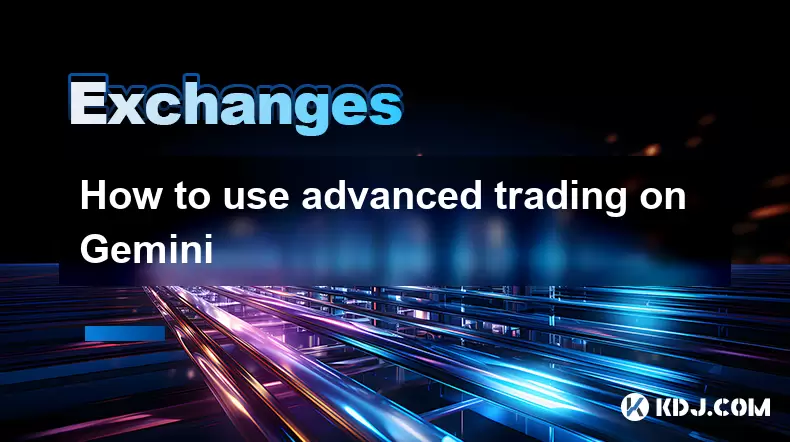
How to use advanced trading on Gemini
Aug 08,2025 at 04:07am
Understanding Advanced Trading on GeminiAdvanced trading on Gemini refers to a suite of tools and order types designed for experienced traders who wan...
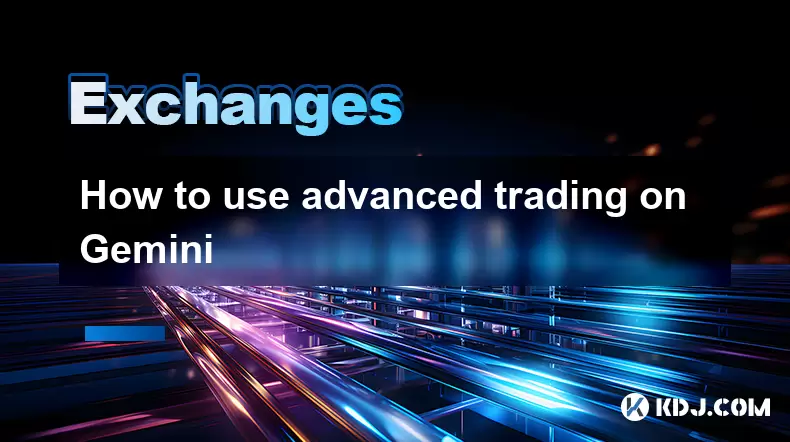
How to use advanced trading on Gemini
Aug 08,2025 at 10:56pm
Understanding Advanced Trading on GeminiAdvanced trading on Gemini refers to the suite of tools and order types available on the Gemini ActiveTrader p...
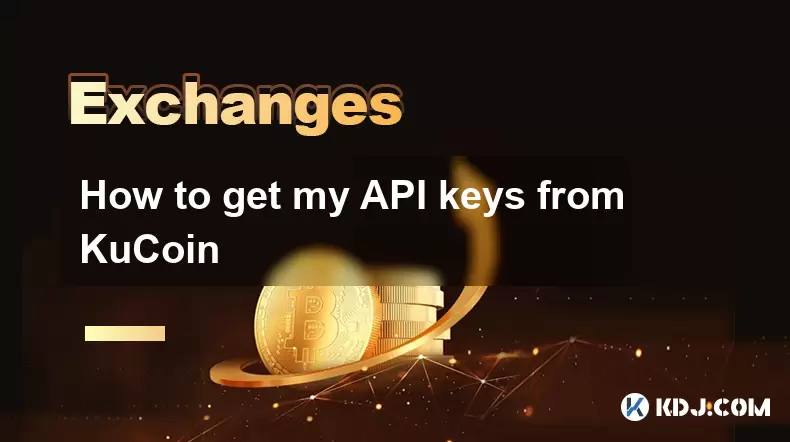
How to get my API keys from KuCoin
Aug 08,2025 at 06:50pm
Understanding API Keys on KuCoinAPI keys are essential tools for users who want to interact with KuCoin's trading platform programmatically. These key...
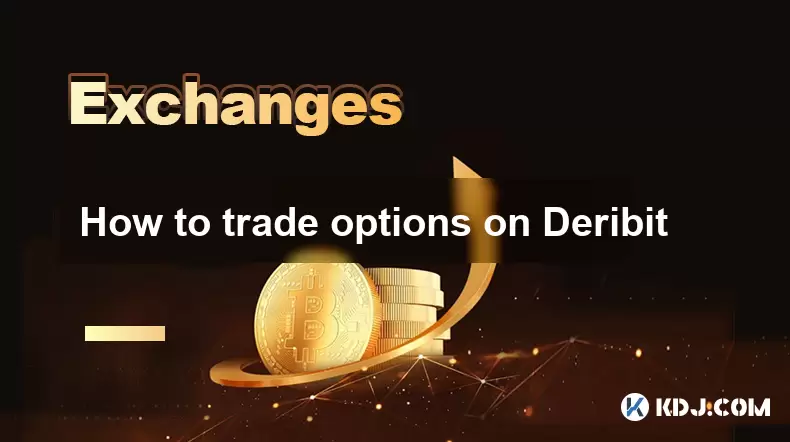
How to trade options on Deribit
Aug 09,2025 at 01:42am
Understanding Deribit and Its Options MarketDeribit is a leading cryptocurrency derivatives exchange that specializes in Bitcoin (BTC) and Ethereum (E...

How to use margin trading on Poloniex
Aug 08,2025 at 09:50am
Understanding Margin Trading on Poloniex

How to read the order book on KuCoin
Aug 10,2025 at 03:21pm
Understanding the Order Book Interface on KuCoinWhen accessing the order book on KuCoin, users are presented with a real-time display of buy and sell ...

How to use advanced trading on Gemini
Aug 08,2025 at 04:07am
Understanding Advanced Trading on GeminiAdvanced trading on Gemini refers to a suite of tools and order types designed for experienced traders who wan...

How to use advanced trading on Gemini
Aug 08,2025 at 10:56pm
Understanding Advanced Trading on GeminiAdvanced trading on Gemini refers to the suite of tools and order types available on the Gemini ActiveTrader p...

How to get my API keys from KuCoin
Aug 08,2025 at 06:50pm
Understanding API Keys on KuCoinAPI keys are essential tools for users who want to interact with KuCoin's trading platform programmatically. These key...

How to trade options on Deribit
Aug 09,2025 at 01:42am
Understanding Deribit and Its Options MarketDeribit is a leading cryptocurrency derivatives exchange that specializes in Bitcoin (BTC) and Ethereum (E...
See all articles





















